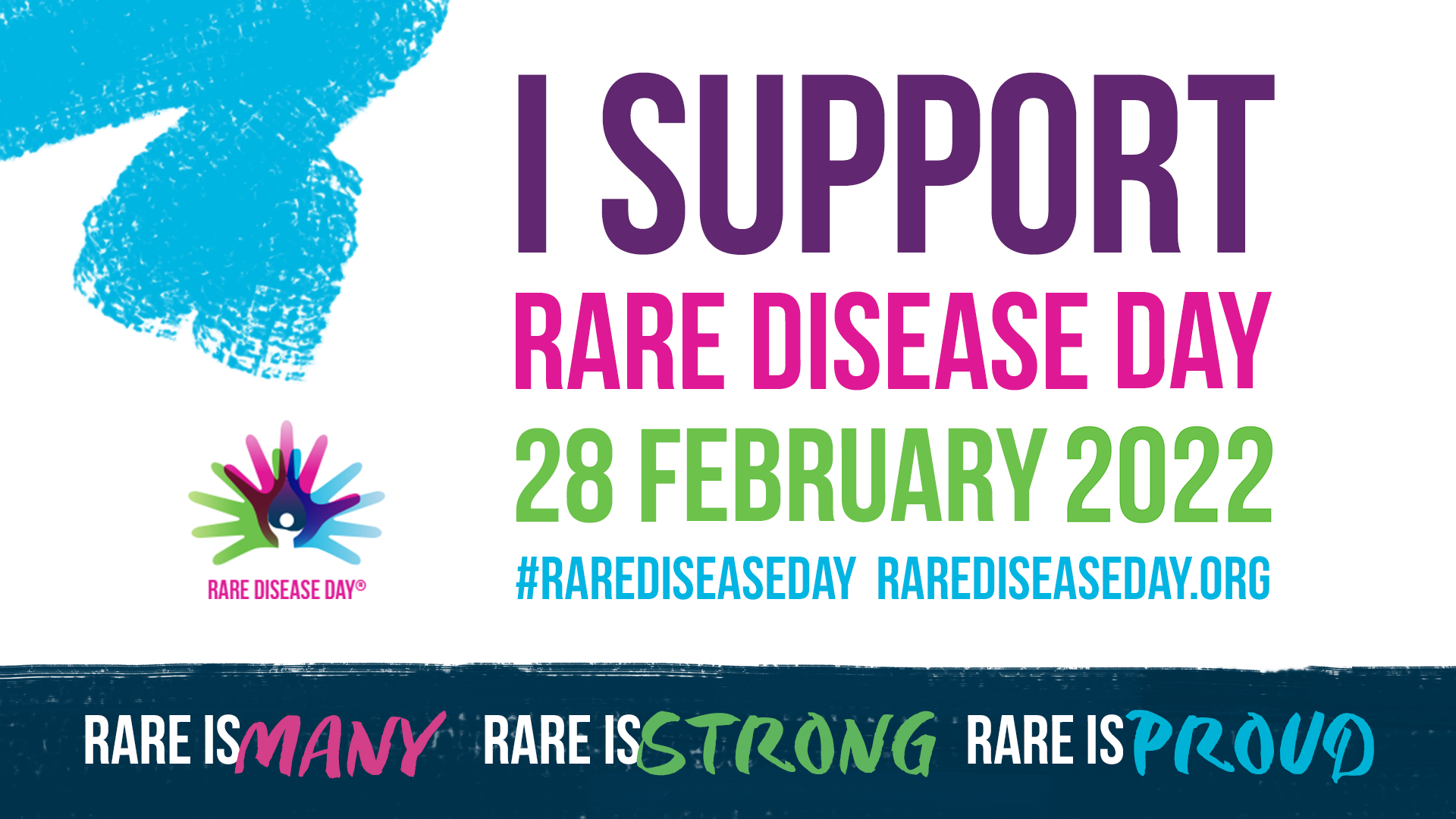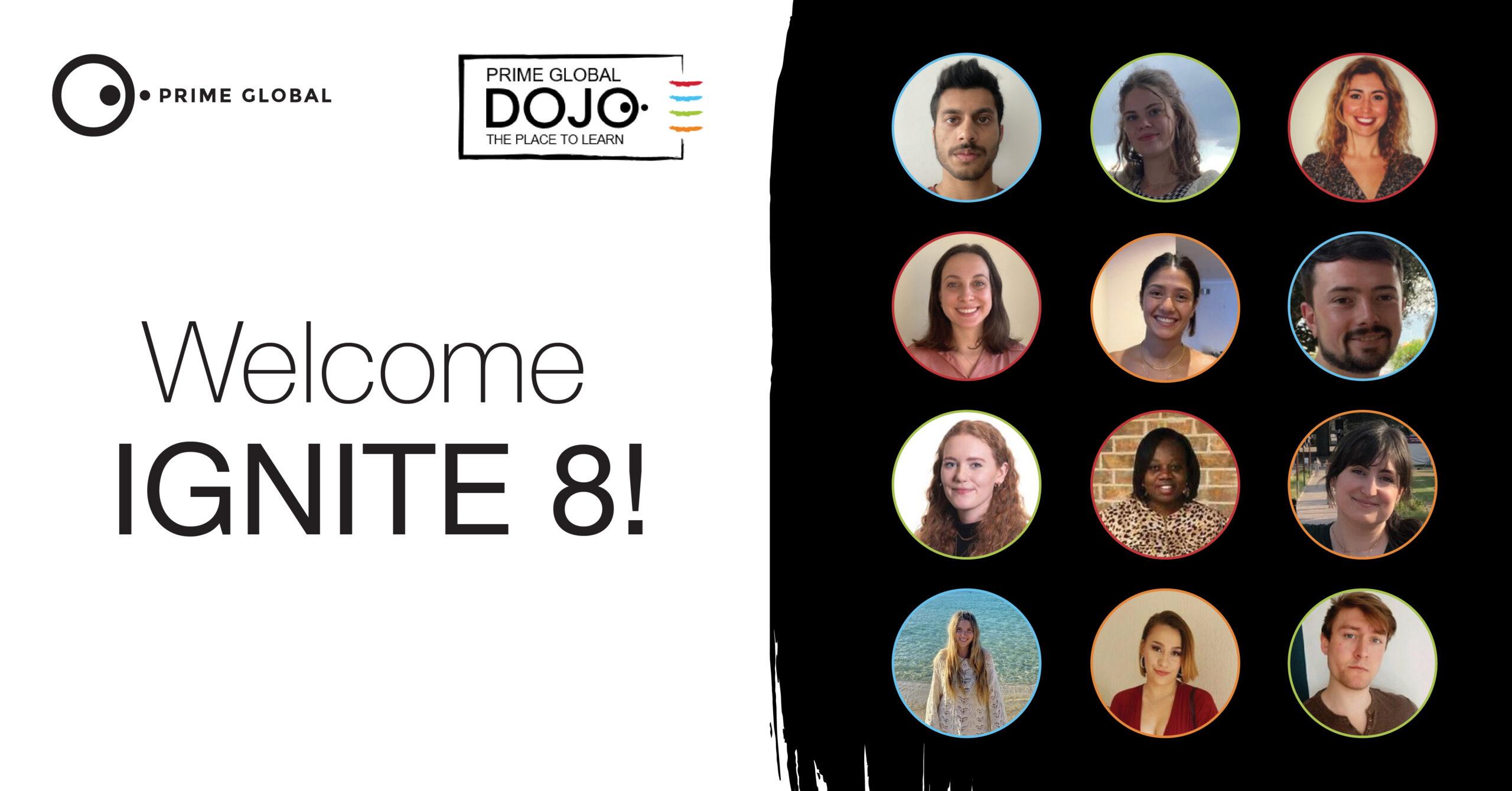Emma Sutcliffe, SVP Patient Insights and Solutions, Prime Patient shares her reflections about whether the pandemic has helped or hindered patient engagement and research for rare diseases.
Introduction: the impact of a global pandemic on research and care for people living with a rare condition
Patient engagement programmes are hugely important to keep medical research going in the specialist field of medical management of rare diseases. It is a multi-collaborative endeavour and Patient Experts and Patient Advocacy Groups work relentlessly to encourage industry commitment to R&D research for rare conditions. On Rare Disease Day in 2022, I discussed the impact of the COVID-19 pandemic on research and care priorities with five rare disease opinion leaders and asked them three questions:
- How has your treatment/care been altered by COVID-19; what impact has diversion of medical resources had?
- Has more general discussion about health and illness enabled you to have more informed discussion/awareness about your rare condition?
- Has the added burden of shielding/removal of COVID restrictions affected your mental health?
The responses from these experts provides insights about the differences in research methodologies, the challenges for industry to complete rare research, and also the struggles faced by people when care systems were decimated by redeployment of medical support to manage the pandemic.
Rare research is different
Since the inception of the Orphan Drug Act in 1983, more than 770 medicines have been approved by the FDA and there are more than 500 in the pipeline. Last year, the ‘world’s most expensive drug’ was approved for the treatment of spinal muscular atrophy and as we share stories on Rare Disease Day 2022 – a social movement now into its 15th year – you might well feel that we’ve ‘got this’ from a research perspective. However, the reality is we are just scratching the surface of the R&D challenge for the development of new medicines to treat and improve the lives of people living with a rare condition.
R&D – specifically, clinical trial recruitment to test the efficacy and safety of a new medicine – is notoriously difficult at the best of times, even in broad, chronic patient groups where much is already known about the way a condition presents. Try, then, to be a Clinical Trials Director in a pharma company with an asset for the treatment of a rare disease where small patient numbers make routine trial recruitment almost impossible. And then there’s the complexity of variations in disease subtypes to consider, multiple pathophysiological and clinical backgrounds, and the likelihood that there is very little medical knowledge or case histories for a researcher or treating physician to refer to, which means that many patients may not even have a medical diagnosis for a rare condition. The framework for standard R&D methodology is not applicable in research for rare diseases.
Rare disease patient engagement is different
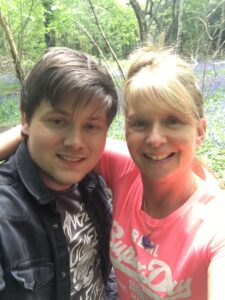
Allison Watson, co-founder of patient organisation ‘Ring 20’ (supporting people with r(20) syndrome) and carer for her adult son David, also pictured, who has rare epilepsy
A rare disease is defined as a condition that affects fewer than 1 in 2000 people and in this area of medicine, it is one where the patients (or their carers) are more likely to be experts than the medics in front of them. Becca, mum to Eve who has Congenital Diaphragmatic Hernia, which affects 1 in 10,000 newborns, explains this, “Eve is very rare in the severity of her condition; it had been 15 years since they had even seen anything remotely like her at hospital. The condition itself has caused so many other conditions; the unknown is the hardest part.” Similarly, Allison Watson, co-founder of patient organisation ‘Ring 20’ (supporting people with r(20) syndrome) and carer for her adult son who has rare epilepsy, echoes this; “because it is so rare, there is limited research and medical publications on r(20). There needs to be more funding and opportunity for the basic building blocks for research for rare diseases, such as patient registries and natural history studies.”
As these two patient experts demonstrate, it is well-documented that patient experts in the field of rare medicine are at the vanguard of lobbying to co-create research platforms, building collaborative research models and setting up patient registries. Indeed, for a ‘rare patient’, a ‘zebra’ (the emblem for rare diseases given that every zebra has a unique set of stripes), a parent of a child with a rare condition – it is the indomitable determination to keep research going that is the universal characteristic that binds all rare disease communities together. To an extent, rare research is ‘disease agnostic’; collectively, Patient Advocacy Groups campaign towards a common goal of more research for more rare diseases, for all rare conditions.
In three decades working in patient engagement between industry and patient organisations, it is the members of the rare patient communities who never fail to impress with their razor-focus on solutions. In fact, it is a leitmotif that rare disease experts are undaunted by the diagnostic or treatment odyssey of rare conditions – taking the approach of ‘one step at a time’ where any single treatment breakthrough for one rare disease is taken as a collective ‘win’ for all rare diseases. Consider for example, Emily Kramer-Golinkoff who set up ‘Emily’s Entourage’ to fundraise for research into cystic fibrosis, which now has high-science research collaborations in progress from activities as ‘unscientific’ in their origin as Emily and her friends literally climbing stairs, one step at a time, to raise awareness (a major feat when your lung function is so compromised). I’ve also had the privilege of working with parents of children who have X-linked hypophosphatemia. In both scenarios, pharma companies sponsored the engagement projects which included listening to patient experts to understand how they use social communities and to hear their support needs. It is a testament to the pharma sponsors that they did not place any restrictions or try to dictate the direction of the insights work but trusted independent patient engagement experts to build rapport and confidence with the patient groups. It certainly seems that how big pharma approaches rare disease R&D is also ‘different’; the statement in the lobby at Kyowa Kirin lobby has always stuck with me for example – “Don’t just make medicine, make people smile”. Collaborative endeavour between industry and patient groups is at its very best in R&D for rare conditions despite the procedural and technical complexities. Research in rare is as much about the attitude as the approach. Patient engagement initiatives that link both parties are hard-hitting, sometimes even ‘raw’ in their emotive content and not a second or penny is wasted. It is perhaps why it is such a joy to broker research partnerships in rare disease settings – it is no-nonsense, egalitarian, truly progressive patient engagement and empowerment.
And along came a pandemic
However, the momentum for research for rare diseases has encountered a two-year hiatus with redeployment of research for treatments and vaccines for COVID-19. All medical research has been put back of course, but arguably, given the pre-existing complexities of basic research for rare disease, the pandemic has had an even greater deleterious impact for rare research that requires a huge effort to get back on track.
Collective public empathy
At first, the threat of illness and vulnerability to the public as COVID-19 landed served to highlight the everyday challenges for people with a rare condition. Indeed, on Rare Disease Day 2020, I wrote about the potential impact of COVID restrictions on people living with a rare condition. At that time, ‘no contact’ being instituted for public health protection was already the norm for Emily, living with cystic fibrosis, and we discussed via our respective Twitter feeds how hand-washing, limited physical contact, and shielding being implemented in a public health setting had been eye-opening for people suddenly forced to live the life of someone with a highly-vulnerable medical condition. Jess Duggan, mum to a child with SYNGAP1, describes this collective public empathy perfectly; “Lockdown gave people without disabilities a sense of the daily isolation families living with diseases like SYNGAP1 experience regularly. In a way, it has been an opportunity to broach the topic and say, “you know, our family lives like this every day”.
Six months later, I was working with Patient Advocacy Groups and people with beta-thalassaemia, attending their World Congress, and the pandemic had raised awareness of their need for regular blood transfusions amongst the public such that patients had seen an unprecedented boost in their awareness-raising efforts. It seemed that increasing public awareness and knowledge about illness and infectious diseases would both increase health literacy and also improve understanding for the quotidian needs of people living with a rare condition. That continued for the first 12 months as the world adjusted to a ‘new norm’ of health awareness. Patient Expert, Allison Watson, describes this elevated public interest as entirely positive; “the prominence of COVID-19 in the media has brought medicine and science to the masses! Terminology that would never have been understood by the general public is now part of everyday discussion and people understand far more about what is involved in therapeutic discovery.”
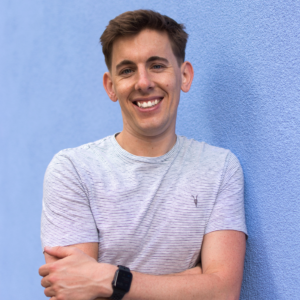
Laurence Woollard, who has haemophilia and is Director of ‘On The Pulse Consultancy’
Furthermore, we all took an honest look at our general health and wellbeing. Laurence Woollard, who has haemophilia and is Director of ‘On The Pulse Consultancy’, reflects, “for people living with haemophilia, it’s really important to maintain joint health through regular exercise that isn’t high impact as well as eating a balanced diet. Like many of the public, the lockdown spurred me into taking up road cycling, which is highly encouraged by my MDT [multidisciplinary care team]. I haven’t looked back! My fitness and mobility has really improved, even with pre-existing joint disease.”
Obstacles to routine care
As medical resources were drained, however, this temporary ‘health empathy’ started to dissipate. Care systems were stretched, capacity for research diminished, and the pledge made in January 2019 to commit to more R&D research for rare conditions was put on hold. First to go was standard care – Laurence describes this; “There was a complete cessation of in-person appointments at my specialist centre, notably joint outcomes clinic and physio care. Also, there was disruption to primary care, meaning I couldn’t address my pain management as I would’ve hoped. Both services pivoted to telephone appointments and online but there was definitely a greater onus on individuals to optimise their own self-management, while my MDT were deployed to the frontline. I’ve only had one in-person appointment since the first lockdown but that’s not for the want of trying, my healthcare team is motivated as I am to get me into the treatment centre when it’s safe to do so.”
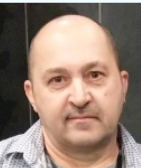
Alan Thomas, Founder of ‘Ataxia and Me’
For Alan Thomas, Founder of ‘Ataxia and Me’, the seeming default in primary care to a ‘COVID only’ mindset was frustrating. He recalls, “one huge barrier has been to speak with a GP, as ringing the doctor’s surgery is a task in itself. During the pandemic, they were only giving appointments to “COVID related” health issues. I think this mindset has had a huge negative impact on many health conditions, especially rare diseases, meaning patients with a rare disease are put at the back of the line.”
In contrast, for some people with rare conditions, they are already used to struggles for support or answers from the primary care setting, so the pandemic didn’t make much difference. Carole Scrafton, Founder of ‘FibroFlutters’, confirms this regarding care, “I didn’t get much really before the pandemic! However, I felt quite isolated regarding healthcare access and was not deemed vulnerable enough for support.”
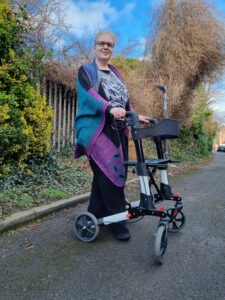
Carole Scrafton, Founder of ‘FibroFlutters’
Occasionally, there were some breakthrough improvements. Carole had the unusual experience of a GP providing better care than usual. She describes an interesting experience, “during the festive break (2021) a large swelling appeared on my left cheek and around my left ear down into the neck. I have had this problem before and always blamed my ear psoriasis for the inflammation and my small jaw and wisdom teeth. I could barely open my mouth on New Year’s Eve, but it seemed to wane, so I thought, weird but great. Then on New Years Day, it swelled up really badly. My friend called out of hours GP/health services and took photos of my face. It took all day, but we were treated fairly, with empathy, and I got given a very precise explanation of what my problem was. The doctor told me that I had a salivary stone blocking my parotid gland, this is an uncommon gland for this to happen, but it does happen. It was so unusual to get such a fabulous explanation!”
Overwhelmingly, the provision of additional services – much needed when living with a rare condition – were eviscerated, putting pressure on carers. Jess Duggan eloquently highlights the importance of palliative care resources, “During the COVID-19 pandemic people with SYNGAP1-related disorder experienced delayed or cancelled appointments for medical care such as GP visits, specialist neurologist and psychiatrist appointments, and essential epilepsy monitoring procedures like EEGs. They also experienced widespread cancellation of palliative care such as speech, occupational, and physical therapies, which either stopped or “went remote” over Zoom. Due to the learning disabilities associated with SYNGAP1 the effectiveness of remote therapies can be quite limited as they require skilled administration such as hand-over-hand manipulation for OT, which can really only be effective when performed in person.”
Improvements and limits in tech support and self-sufficiency
There is no doubt that tech has helped with provision of some aspects of care during the pandemic. In the research setting too, industry (already making a transition to hybrid trial set-up) advanced and reduced the onerous travel participation needs for patients and became bolder with self-care/digital participatory tools for retention of research. Allison Watson agrees, “The main change in care has been the move to virtual appointments. For some in the rare disease community, this move has been welcomed and has been very effective. For example, video calls used appropriately avoiding unnecessary travel for patient families.”
Furthermore, movement towards online ordering of repeat prescriptions and the upsurge in patient groups and pharma providing online health resources to facilitate self-care and enhance self-sufficiency was both useful and gratefully received. Carole Scrafton describes the additional work her patient organisation (FibroFlutters) provided, “I found that it was a good idea to create posts for Flutters and Strutters that gave EDS patients direction to where to get resources.” However, the increased workload for patient organisations had consequences. Allison Watson explains, “lockdown and restrictions on in-person interaction definitely have had an impact on the mental and physical health of both me and my son. From my own perspective, there was an increase in workload, supporting families whilst juggling volatility of volunteer turnover, alongside the pressures of lower income generation and then of course adapting to a purely virtual working environment, where every hour is spent in front of a computer screen.”
Long-term loneliness; adding to the isolation
“Receiving a diagnosis of an ultra-rare condition is in itself isolating,” says Allison. Indeed, loneliness is another common characteristic of life with a rare disease. What, then, was the impact of government-imposed shielding and socialising restriction? Alan answers, “during the pandemic, the confusing COVID restrictions were an extra burden for someone with a rare disease. Plus, not being able to talk face to face with others has added to the stress of dealing with a health condition that may already have a “life limiting” label to it. This will have some sort of mental health impact, whether it is known to the patient, directly or not, only time may tell.”
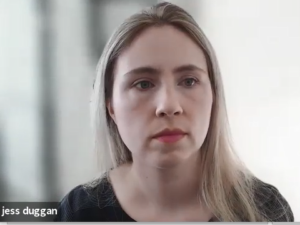
Jess Duggan, mum to a child with SYNGAP1 and Co-Founder of Syngap Research Fund
Jess Duggan echoes this from the perspective of the carer; “Shielding certainly affected the wellbeing of people with SYNGAP1 who have had their normal routines changed drastically. Last-minute changes to schedules often caused upset and disorientation, leading to challenging behaviours. People have been restricted from participating in therapeutic activities and unable to understand why they couldn’t see the key people in their lives such as teachers, therapists, and friends. In some cases, cancellation of therapies for extended periods led to regression in skills. Family members had to take on a significant increase in their caring and therapeutic responsibilities, which added stress to an already difficult time. Parents of severely affected children lived in fear of who would care for their children, should they themselves fall ill.”
As we have seen industry step up significantly in provision of COVID-related information and support, it is to be hoped that patient engagement specialists will recognise that provision of mental health support and resources will be a pivotal part of helping society adjust to life post-pandemic.
Post-pandemic: putting rare research and patient support back on the agenda
Therefore, having come through a global medical crisis, there is substantial hope for great change to both our clinical research agenda and also the importance of the provision of patient support programmes as an adjuvant therapy. How we carry out clinical trials, how we respond as a society to a public health crisis, how we relate to patients has already changed.
How we perceive the pharmaceutical industry has also changed, society now acknowledges the importance for industry to provide healthcare solutions beyond the pill. Alison Watson describes the hope that is starting to emerge, “there is a sense that if scientists can make breakthroughs in the vaccines in such a short period of time, they can replicate this for other conditions; the challenge being that the world dropped pretty much everything for COVID-19.” Could this therefore be the case for other conditions?
Overwhelmingly, all five patient experts echoed the need for stoicism and a sense of agency and urgency to return rare disease research back to the healthcare and industry agenda. Allison explains this, “in terms of awareness of r(20) epilepsy syndrome, the pandemic has had an adverse effect on our opportunities for research, halting plans to get some basic research started such as r(20) funded natural history and biomarker study – which we are still awaiting restrictions to be lifted for to be able to commence.”
An easy ‘win’, however, will be to look again at the importance of patient support programmes. Carole summarises her pandemic experience with a rare condition as one where, “I had to put myself into isolation and shield and basically look after myself. I felt like I had no support system and spent most of the pandemic by myself. Sadly, that is the reality of the pandemic that I had. It was very hard mentally and although I am kind of an introvert the loneliness was crippling.”
Luckily for Carole, the nature of the rare disease patient communities is that they provide incredible contact, support, and information – “I had a lot of contact with friends online and we helped to keep each other going and support each other when needed. It was difficult when friends and community members lost loved ones, and I lost friends too. Being an anchor when needing one yourself is always complex.”
As we ‘share our colours’ on Rare Disease Day 2022, I’m hopeful that pharma will share support for the Rare Disease Patient Communities and continue to recognise that care is more than medicine. The original collective health empathy, health awareness, and provision of patient engagement as an essential component of supportive care induced by living with COVID must be sustained and continue to help people living with a rare condition.
Thank you to the following for their contributions to this article:
Jess Duggan, Co-Founder of Syngap Research Fund
Carole Scrafton, CEO and Founder of FibroFlutters
Alan Thomas, Founder of Ataxia and Me
Allison Watson, CEO and Co-Founder of Ring20 Research and Support UK CIO
Laurence Woollard, Director of On The Pulse Consultancy
Want to find out more about how we can help support your patient engagement? Find out more here.

